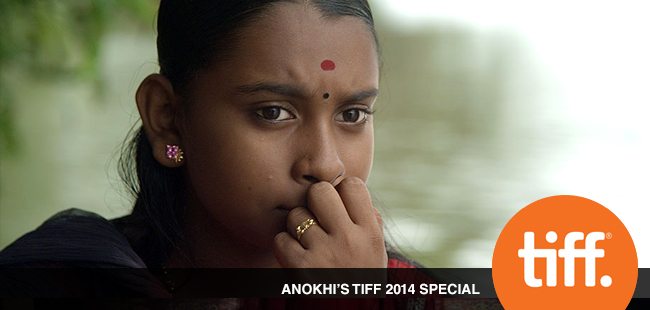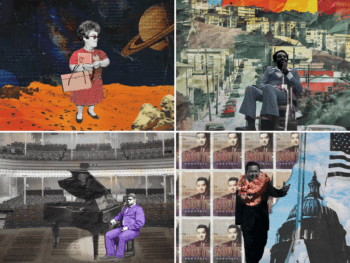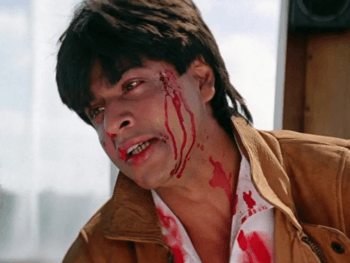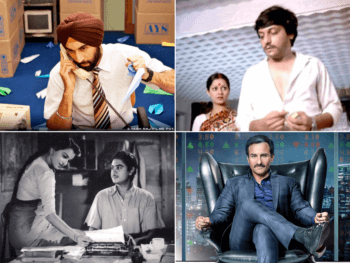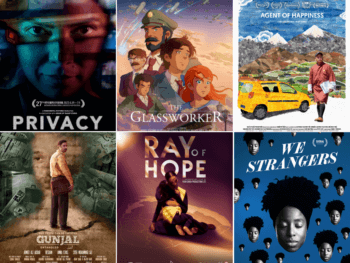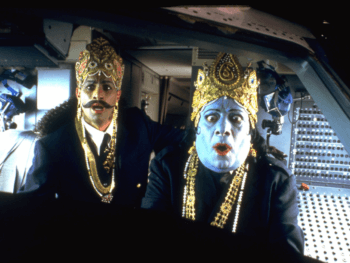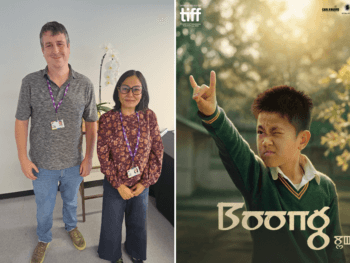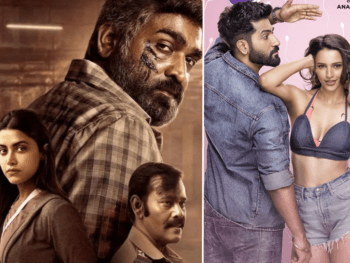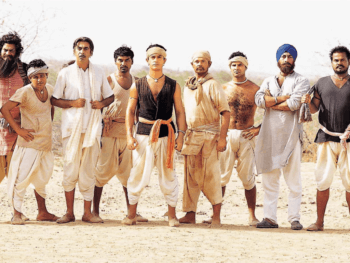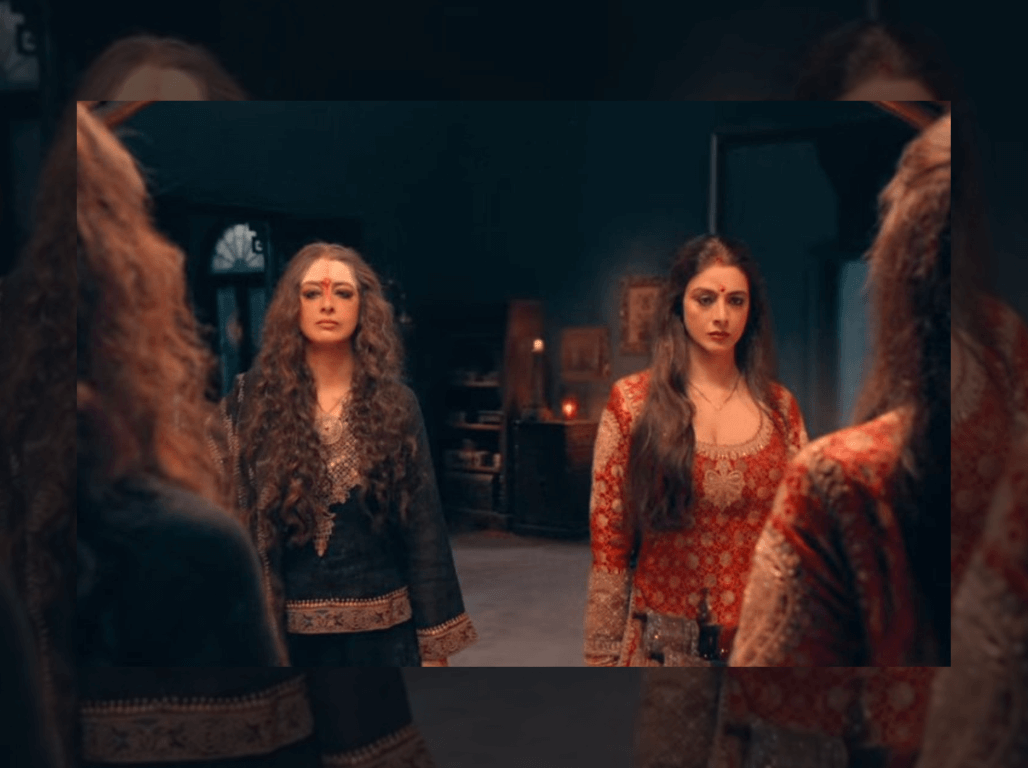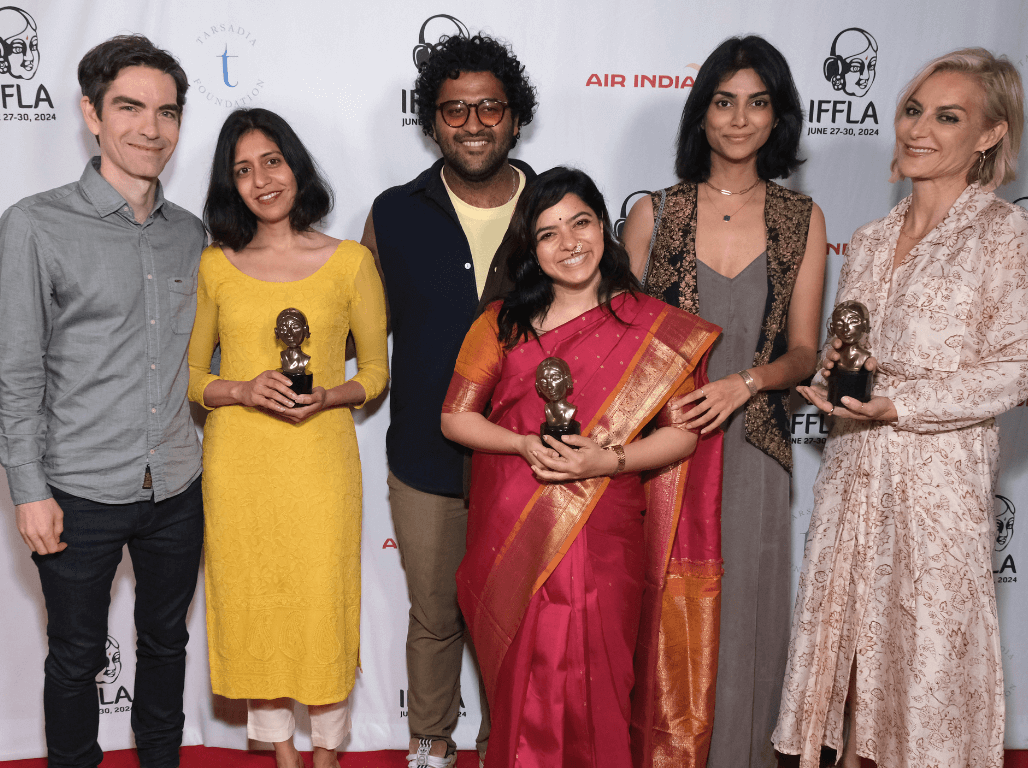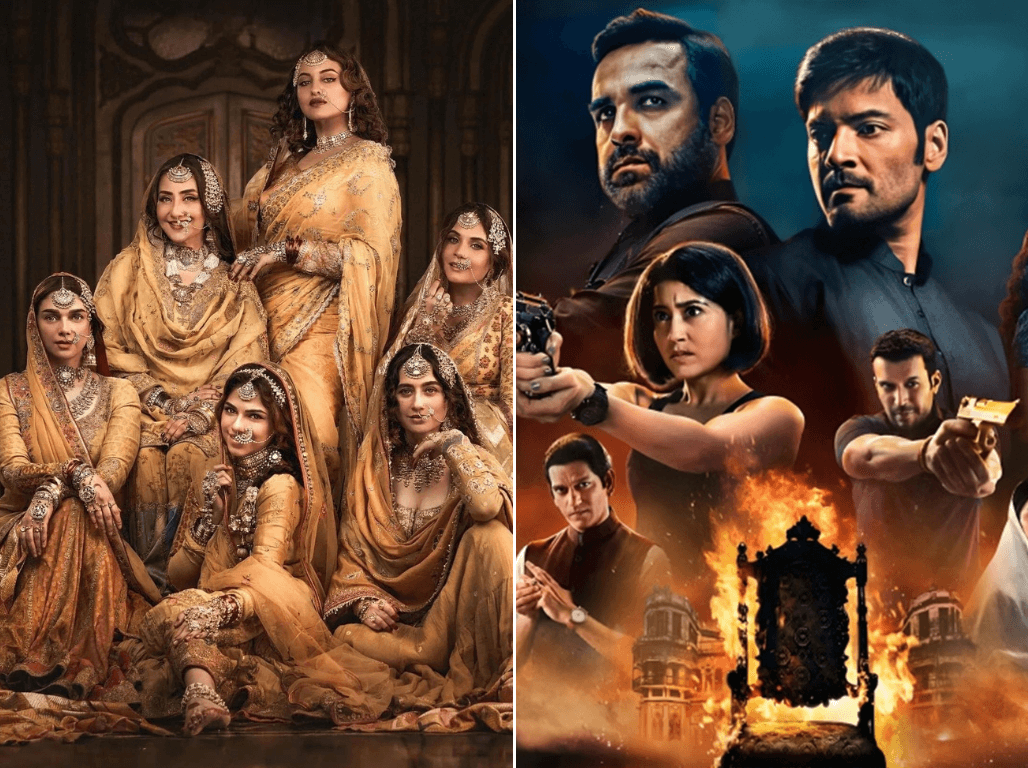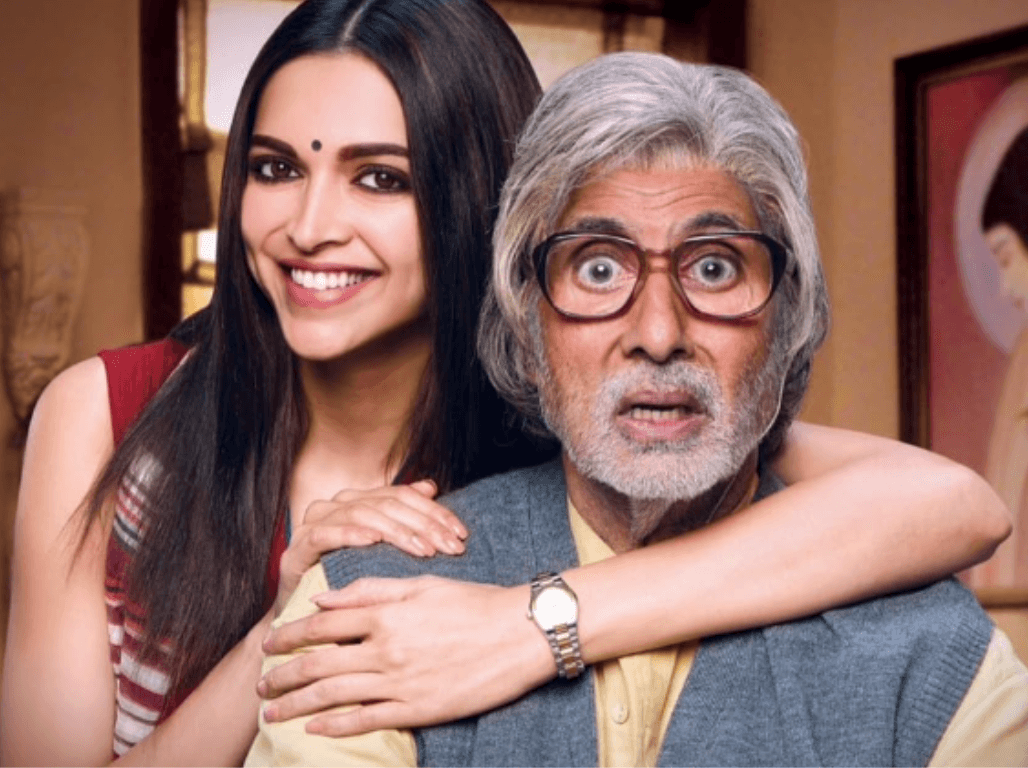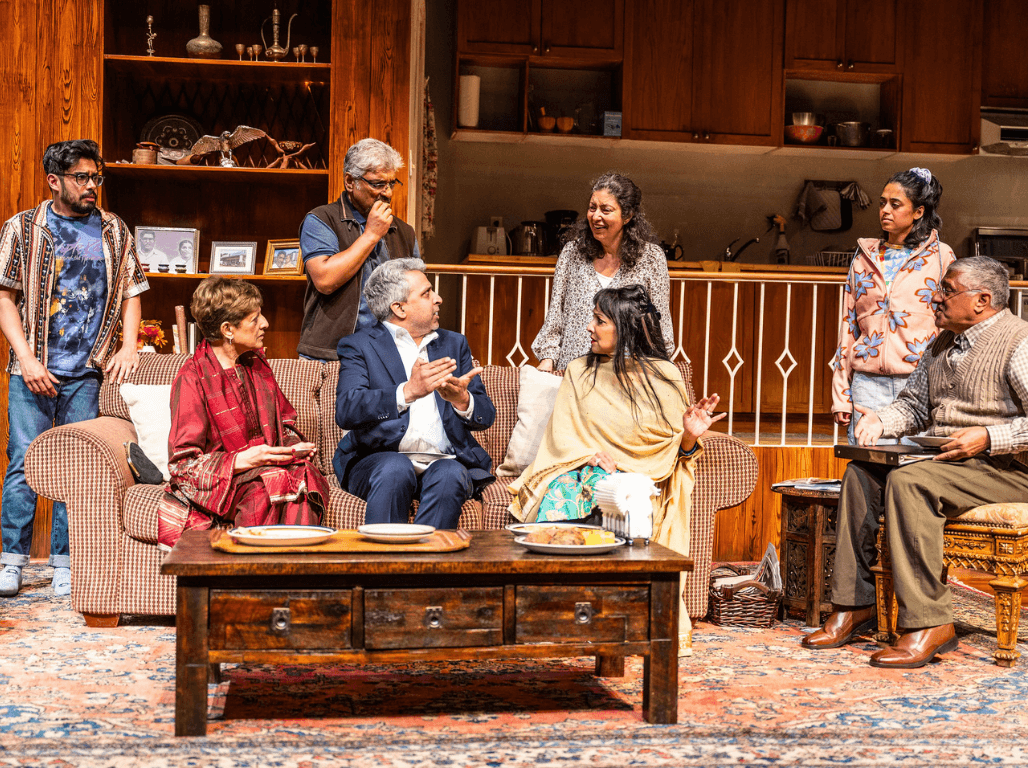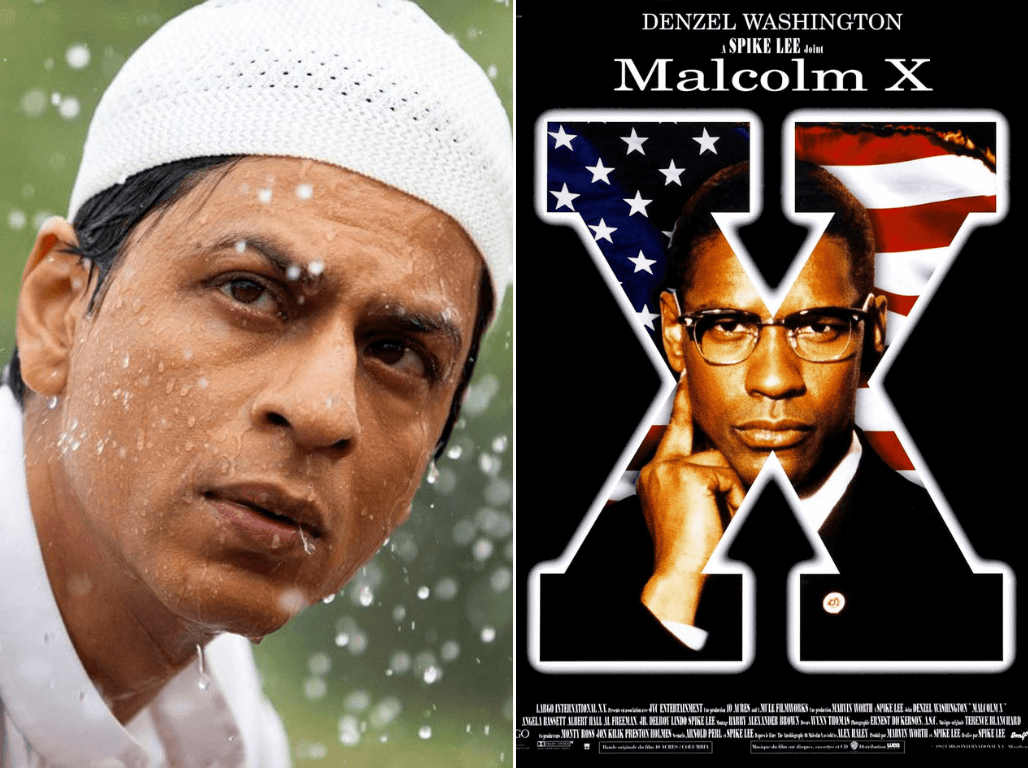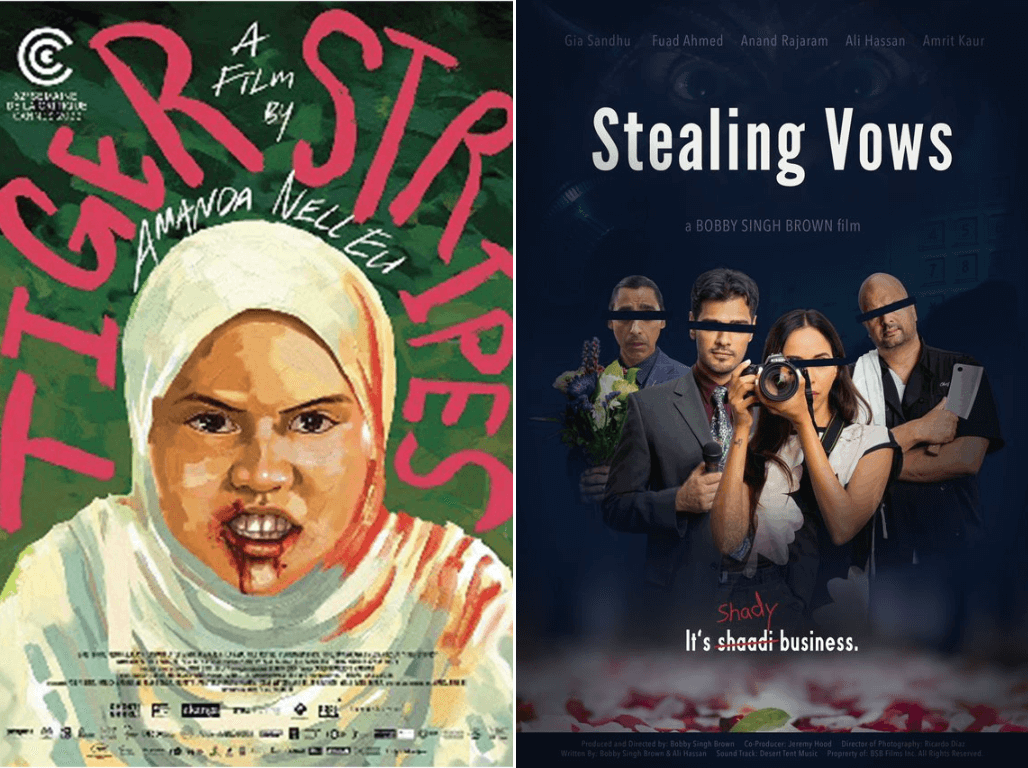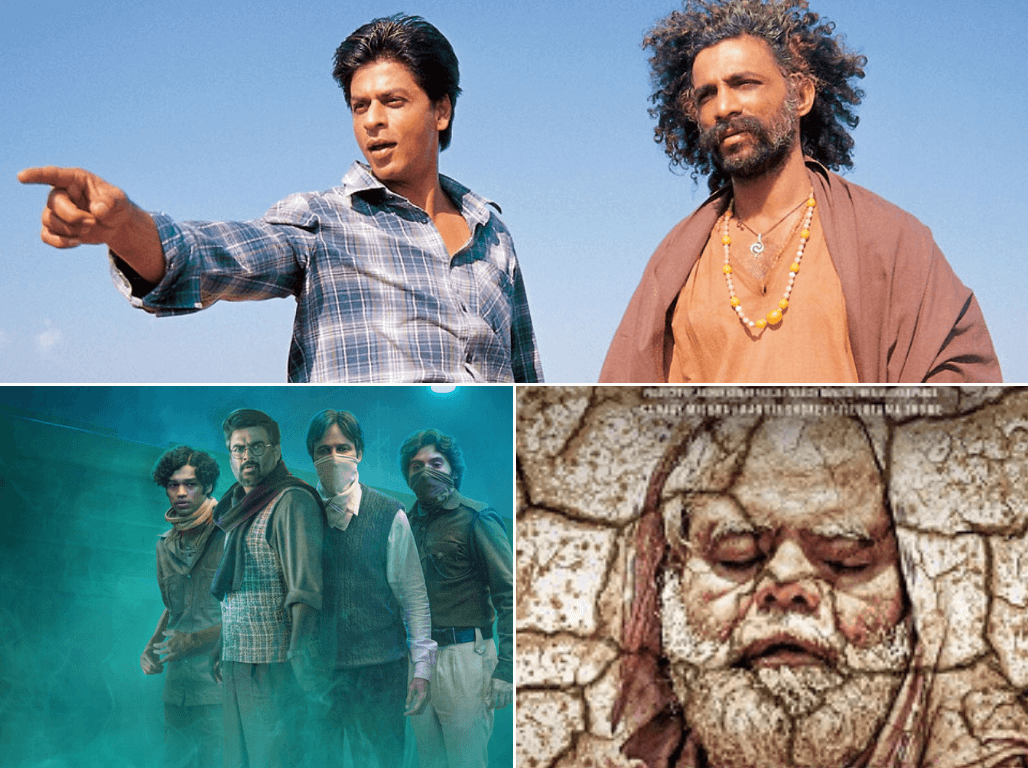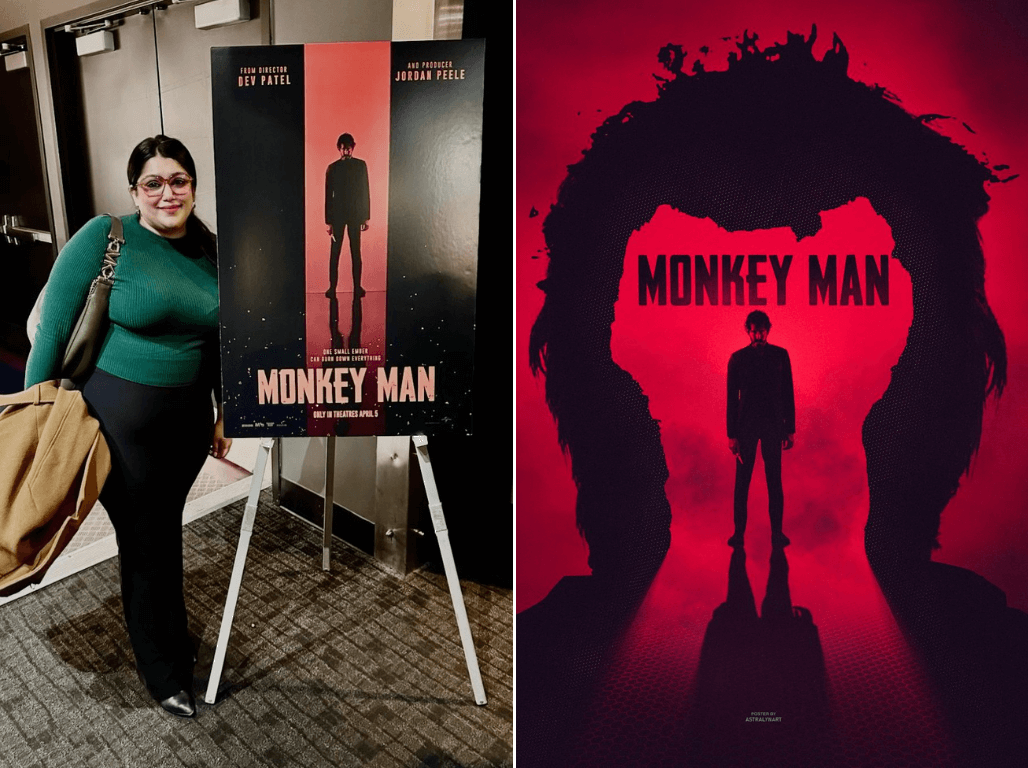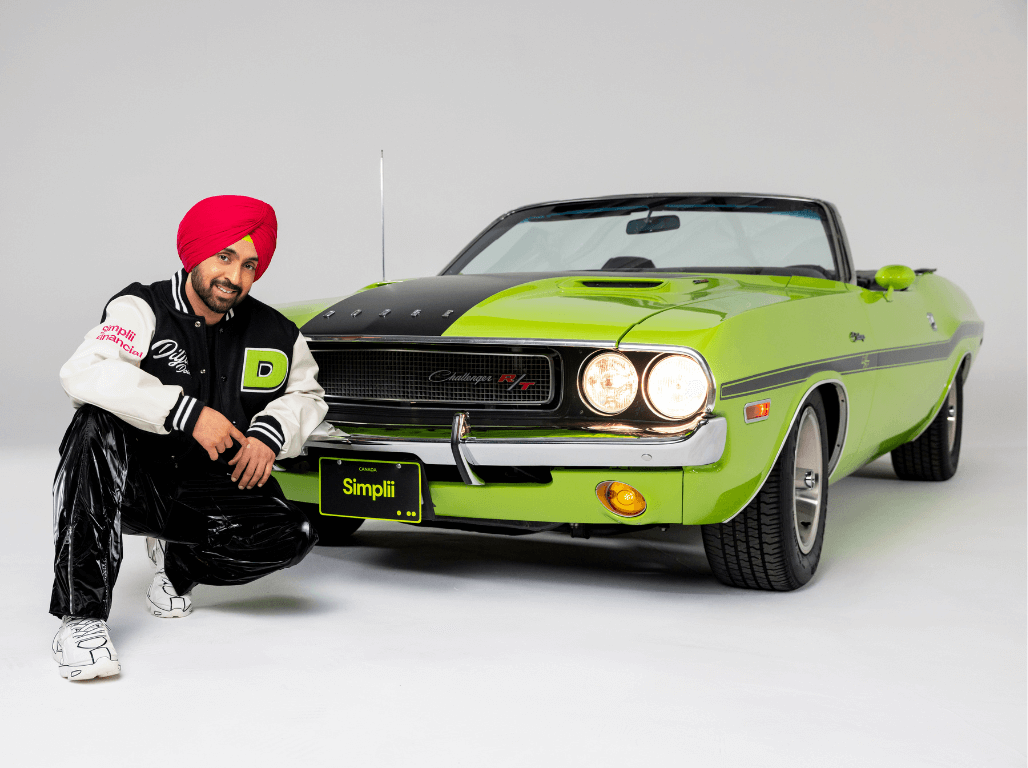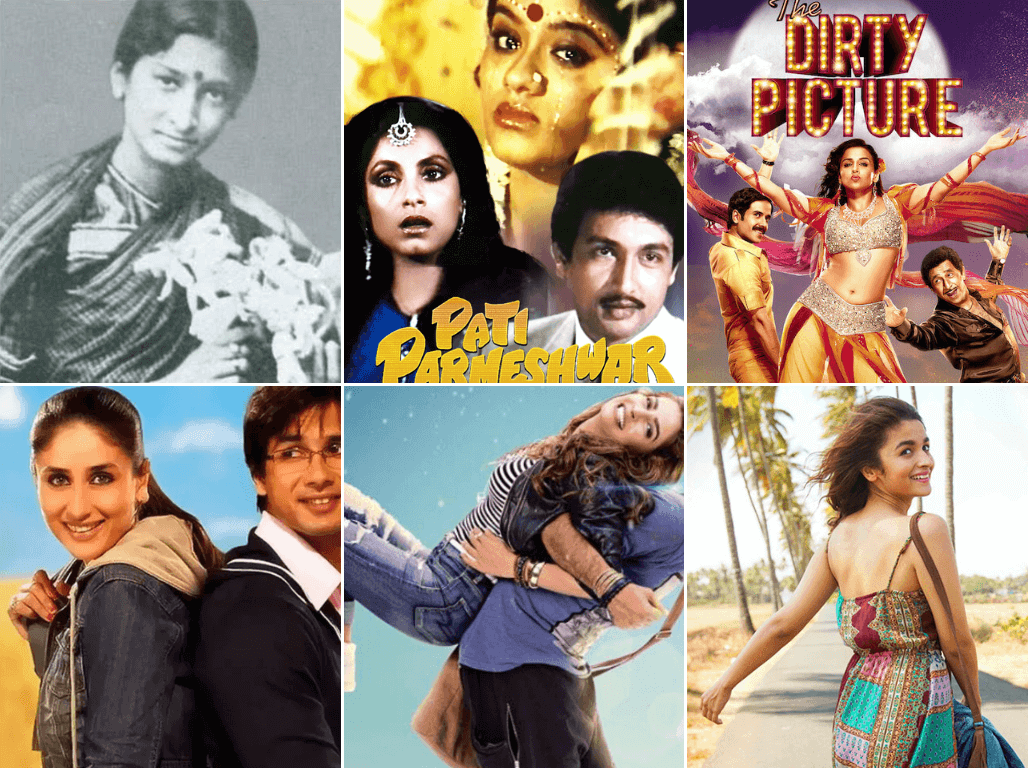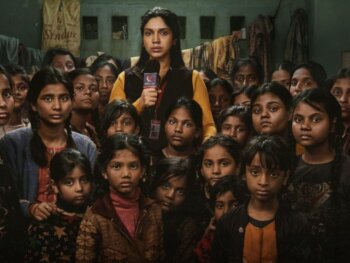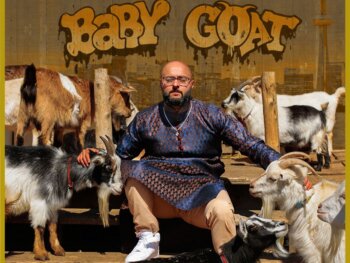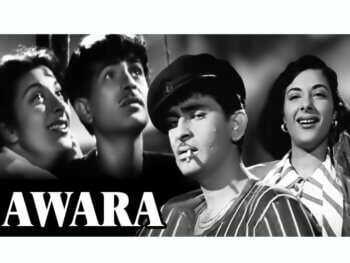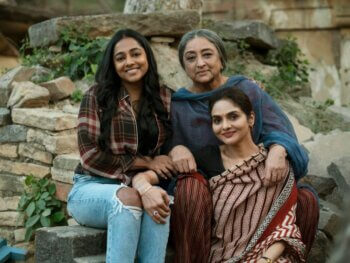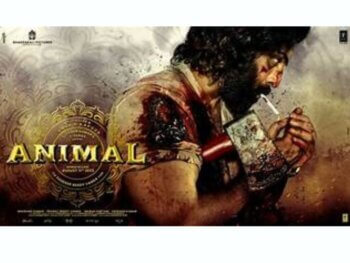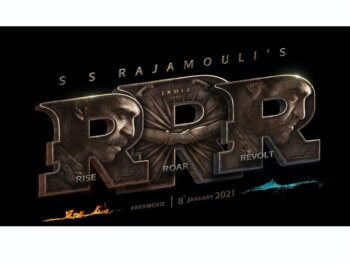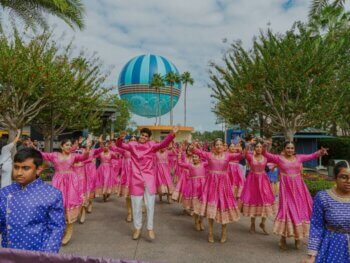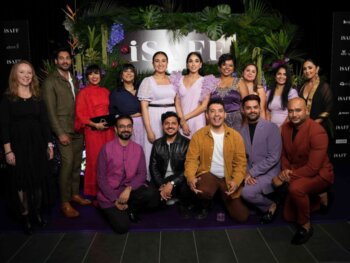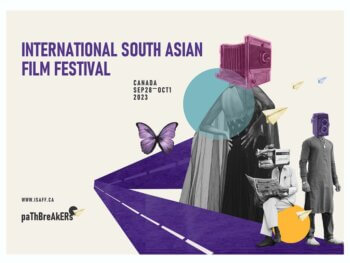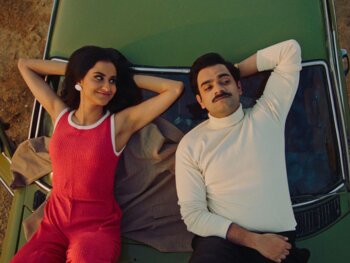Epic, yet intimate, documentary finds India’s soul by chasing the monsoon.
Canadian director Sturla Gunnarsson (Force of Nature: The David Suzuki Movie) arrived at TIFF this year with a stunningly shot documentary called Monsoon: tracking the volatile Indian rainy season and how this alternately restorative and destructive natural phenomenon impacts a broad cross-section of people. I sat down with Gunnarsson at his Toronto home to discuss his journey. As he describes, he was chasing the monsoon,“[All the way from ] where it makes landfall to where the clouds go to die.”
Video courtesy of tiff
Matthew Currie: Did you plot out exactly how you planned to capture the monsoon prior to filming, or did you just let it wash over you?
Sturla Gunnarsson: Well, we wanted to have two things. We wanted to have really epic feeling, and we wanted to have a feeling of humanity. So, it was a question of finding people who we could get close to and experience the monsoon through them; on a landscape where you got a sense of the scale of the whole thing.
MC: In the film, a number of people refer to the monsoon as, “the soul of India.” Did you know what that meant the first time you heard it?
SG: You know, the monsoon has been in my head ever since I can remember. It’s such a romantic idea . And as Dr. Kalkar says, “It brings life.” It brings life and therefore it’s the soul of the country. And that’s such an interesting idea, because India is so diverse.
MC: Talk a little bit about the people you chose to focus on.
SG: Akeela’s a 12-year-old girl who lives in the backwater. She’s the first person I met on [my previous] research trip who I knew I wanted to have in the film. Everybody from India, when you ask about monsoon, they’ll talk about their childhood and what it was like, and getting wet and playing in the rain. So I thought, “We have to capture that experience.”
Then you have this huge scientific community, that really idealistic public service underpinning these scientists, physicists, virologists who feel they can improve the lives of ordinary people through the application of their science.
And then you have to have the Hindi films; every Hindi film you see has a wet sari sequence.
MC: Getting back to Akeela, she provides a very interesting bookend for your film, with how she feels at the start and then how she feels after the monsoon has hit.
SG: Well, their house has been pretty wrecked and the whole area’s been flooded. And the last time they had that kind of a flood, she was in her mother’s womb. Her experience of monsoon up until that time was romantic. And then this time, what the monsoon presented her with was the horrors of life — the terrible force of nature as opposed to the romantic.
MC: Are there any images, any moments from this experience that really stick out in your mind?
SG: I think the thing that was really the most moving was when we returned to Akeela’s house after the flood and the whole area is devastated. When we got out of the boat, Akeela’s father walked to the house, and I didn’t realize what he was doing, but in retrospect I realized that everybody there had suffered so much devastation that there was no witnessing of it. And showing what he had lost to other people there meant nothing. But showing it to us meant something.
Feature Image courtesy of TIFF
Matthew Currie
Author
A long-standing entertainment journalist, Currie is a graduate of the Professional Writing program at Toronto’s York University. He has spent the past number of years working as a freelancer for ANOKHI and for diverse publications such as Sharp, TV Week, CAA’s Westworld and BC Business. Currie ...


















































